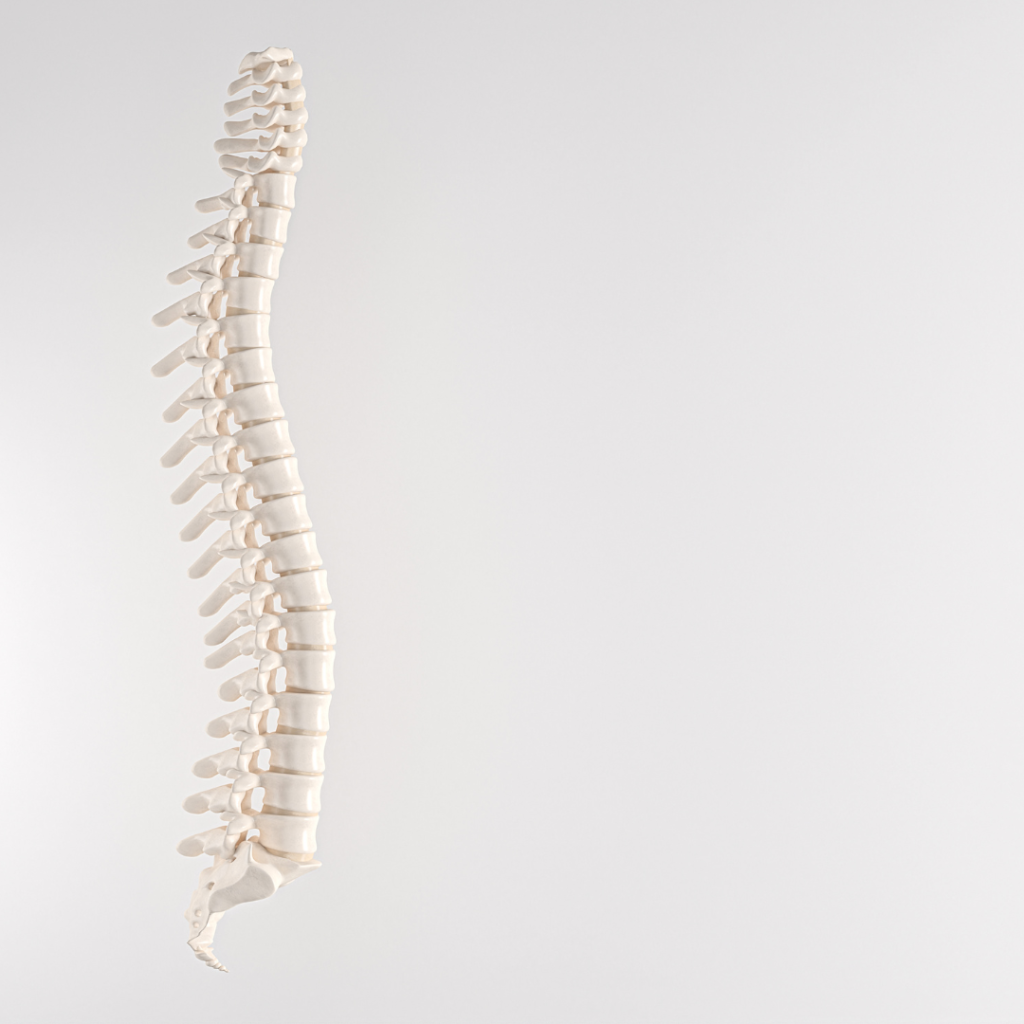Thoracic discectomy is a surgical procedure performed to remove a herniated or degenerated disc in the thoracic spine. The thoracic spine refers to the middle portion of the spine that corresponds to the chest area.
During a thoracic discectomy, the patient is typically placed under general anesthesia. The surgeon makes an incision in the back, over the affected area of the thoracic spine. The muscles and tissues are carefully moved aside to expose the spine.
The surgeon then removes a portion or the entire herniated or degenerated disc. This alleviates the pressure on the spinal cord or nerve roots, which may be causing symptoms such as back pain, chest pain, radiating pain in the abdomen or chest, numbness, or weakness in the upper body.
In some cases, the surgeon may need to perform additional procedures to stabilize the spine, such as a fusion or insertion of spinal instrumentation (e.g., screws, rods, cages) to maintain proper alignment and stability.
It’s important to note that thoracic discectomy is a complex procedure, and like any surgery, it carries potential risks and complications. These may include infection, bleeding, nerve damage, spinal fluid leaks, injury to nearby structures, or adverse reactions to anesthesia.
It’s crucial to consult with a qualified spine specialist or neurosurgeon to determine if thoracic discectomy is the appropriate treatment option for your specific condition. At Alabama Bone and Joint, Dr. Winton Capel, a board certified neurosurgeon who is fellowship trained in spinal surgery, can evaluate your symptoms, conduct the appropriate imaging studies, and provide you with personalized advice based on your individual needs.

My visit to AL Bone and Joint Clinic was s pleasant visit , wait time was minimal the staff were friendly and knowledgeable. The Dr explained my injury so I could understand . They made me feel comfortable and taken care of.
CEO
I have been seeing Dr. Johnson at Alabama Bone & Joint for a few years now. He has always been professional, knowledgeable and very understanding. He takes time to answer questions and provide as much information as possible to ensure I understand what is going on and what the next steps should be. The staff is always kind and amazing. His nurse Heather is my favorite, she always has a smile and is very caring. I highly recommend.
CEO
Very pleasant experience. Very helpful, provided all answers to questions and information that was needed
CEO
Previous
Next

